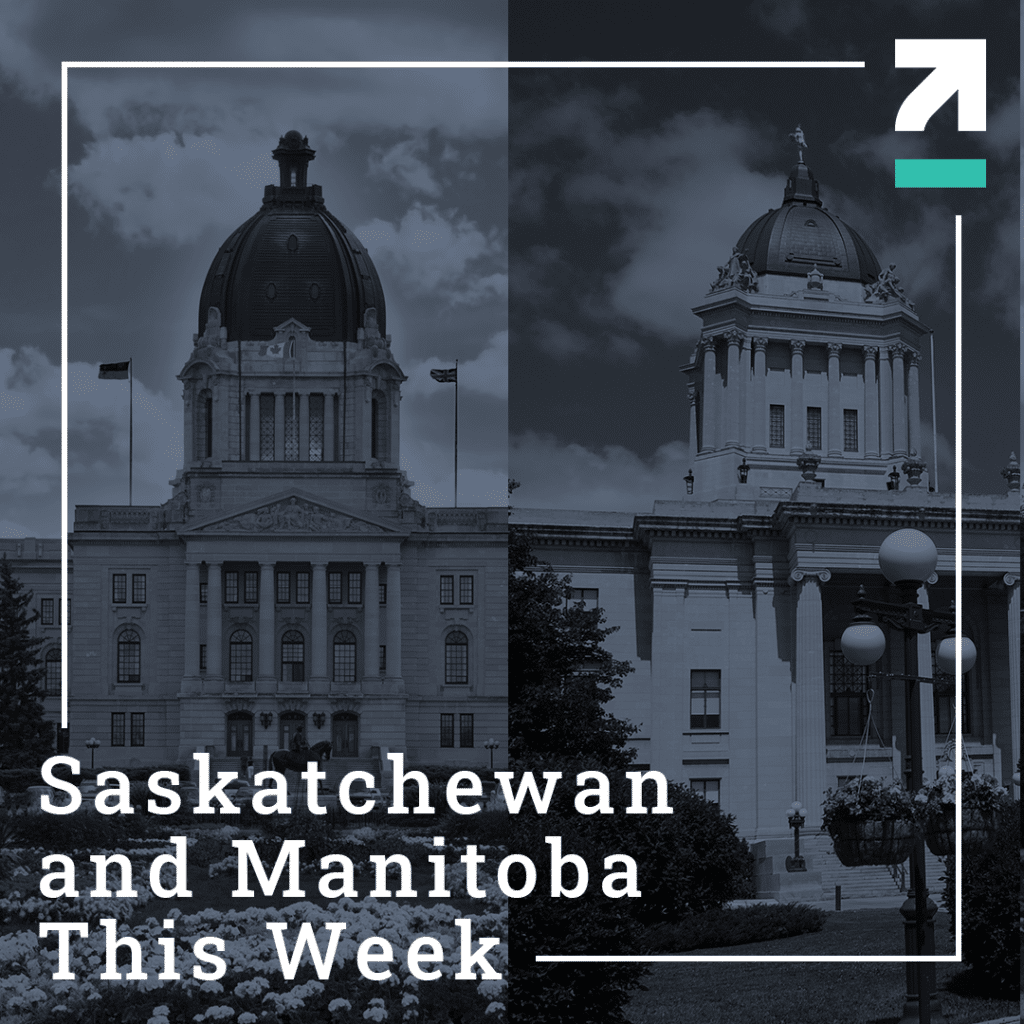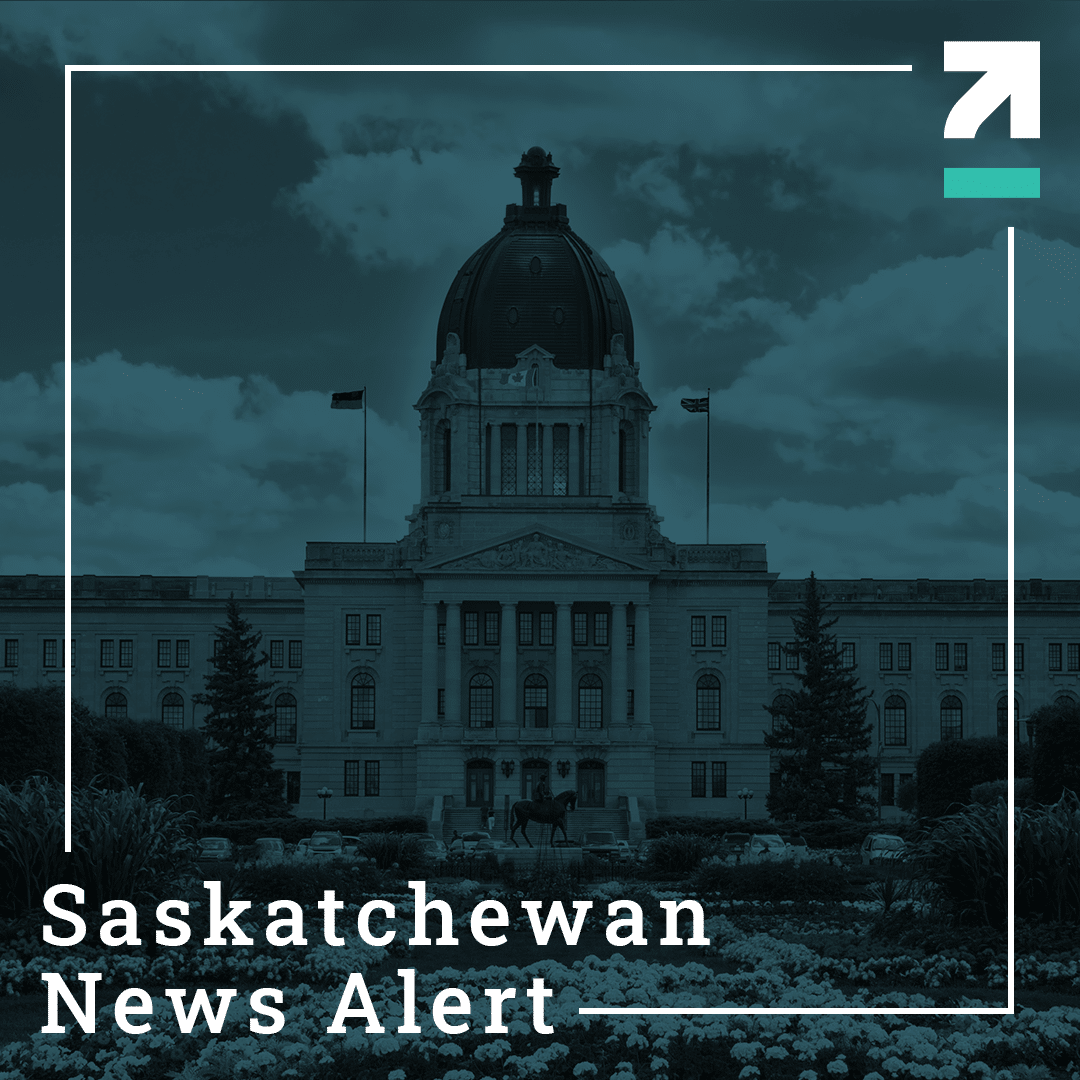What to Expect
In Saskatchewan it is the last week before the Easter session break, which is the only break in the Saskatchewan spring session. Soon MLAs will be attending events in their constituency. With Easter being the only break, there will be a four week push until the Victoria Day weekend. MLAs will be working hard in and out of the Legislature – the government will be working to get in the 75 hours of committee time required to pass the budget, in addition to trying to pass the rest of their legislative agenda.
Manitoba releases its budget today and is expected to increase funding for health care and affordability. The budget will be the dominant topic of political discussion in the province, although it may be knocked out of people’s minds, with a large winter storm hitting the province Monday. With an election in October on the docket, the budget will make up a huge part of the Tories’ argument for re-election.
The Week That Was
Saskatchewan
Saskatchewan’s April public offering of Crown petroleum and natural gas rights, held on Tuesday, April 5, has generated $19,307,203.94 in revenue for the province, more than ten times the revenue generated by the April 2021 offering. With this result, public offerings for the 2022-23 fiscal year have already exceeded 2021-22’s total of $14,988,127.34.
A northern Saskatchewan First Nation is to receive more than $43 million and have up to 16,000 hectares of land returned in a settlement with the provincial and federal governments that was over 20 years in the making.
Data from Statistics Canada show that Saskatchewan lost 4,500 jobs in March, although the province is still up 27,000 year-over-year.
Manitoba
As part of Budget 2022, the Manitoba government is committing over $15 million in initial funding to strengthen care and enhance capacity at long-term care facilities throughout the province. The initial funding will support the following:
Enhancing infection prevention and control within the long-term care sector, which includes a provincial program manager, regional leads and 50 infection control staff;
More than 200 full-time equivalent housekeeping staff as well the first phase of allied health staffing, 44 full-time equivalents; and
Improvements to information and communication technology to better support operations and patient care.






